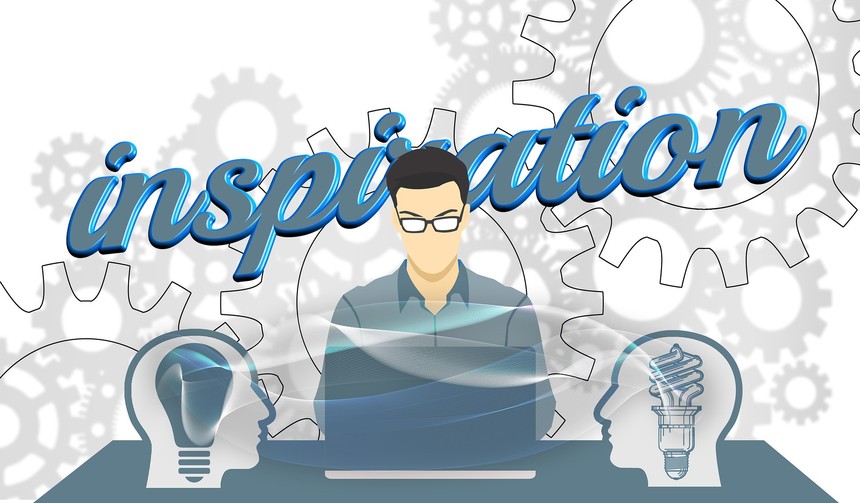ATA TECHNOLOGY (DALIAN) CO., LTD.
|
|
How does RPA Robotics address the technology challenges that companies encounter?时间:2022-04-02 In recent years, when it comes to the process of information technology in enterprises, the summary is mostly the construction and implementation of some large information systems, such as ERP systems, financial systems, human resources systems, customer relationship management systems, etc. These information systems have a common feature, that is, the enterprise's organizational structure, business processes, operating models, etc. through the form of software systems cured down, so that employees, materials, equipment, capital and other elements around the solidified software system operation. Therefore, the role of information technology is more to support the development of business. In this case, the biggest difficulty for the technology department is to achieve consistency between business and IT.
Below we analyze 5 technology challenges that companies encounter.
First, the cost and workload that the technology department spends on maintaining existing legacy systems accounts for 30% to 70% of the total, and it usually seems that a problem with an existing system will have a greater impact than a problem with a new system coming online. How to fix a problem or add a patch in the system without bringing risks to business and system operation is a key issue that the technology department needs to address urgently. Second, many enterprises use application systems based on a set of solutions from mature software products, such as SAP or Oracle's ERP system, Kingdee or UFIDA's financial system. Since it is a mature software product, many functions and technical implementations in the product have been solidified and cannot be modified twice. Although these professional software products try to solve the problems encountered by customers through flexible configuration, but with those dynamic changes in demand than, still seems to be stretched, which is why some large banks or insurance companies are using self-developed systems. Third, in recent years, more companies have put the construction of the ecosystem on the agenda, the realization of the ecosystem will inevitably involve the establishment of links between enterprises and a large number of upstream and downstream partners, not only business links, but also requires the opening of processes and data at the IT system level. But because the level of information technology of each enterprise is different, interface and data standards are different, which brings huge trouble to the integration of technology departments and external partner processes. Fourth, for the business process integration issues discussed earlier, there is also a phenomenon that when those cross-organizational end-to-end processes can not properly find the business lead department, due to the time pressure of information system construction, many times the science and technology department has to overstep its authority and stand in the perspective of system implementation to coordinate and help business departments to promote process integration. Although this is the behavior of putting the cart before the horse, but standing in front of the reality of the problem is also a solution that has to be considered. Fifth, the traditional information technology system construction is "heavy IT", that is, a system from the demand, selection, design, development, testing to the deployment of on-line time cycle is very long, the investment in manpower is also very huge. Managers are looking forward to the emergence of a "light IT" that can unlock business value by implementing system functions in batches and phases in a more agile manner and in less time. Gartner also proposed the Bimodal IT model in 2014, which refers to two different and coexisting working models and scenarios. Model 1 is based on the implementation of information systems that can be precisely predicted and in a fully understood domain, emphasizing "reliability", similar to a marathon runner. Mode 2 is facing unknown and new problems, through exploration and experimentation to solve the current problems faced by information technology construction, more emphasis on "agility", similar to sprinters. Because of its non-intrusive technical features, RPA is equivalent to adding another weapon to the hands of the S&T sector - a light machine gun capable of quickly eliminating the enemy in close combat. First, RPA can solve the problem of old systems that are too afraid to touch and change, as mentioned in the first question, and the problem of mature software packages that have no way to be modified, as mentioned in the second question. Secondly, RPA can solve the problem of external interconnection mentioned in the third problem, and the problem of internal interconnection mentioned in the fourth problem, especially in the case of unclear business and system interfaces. Finally, the fifth problem is actually the problem of IT agility. Because RPA has the characteristics of short project construction cycle and each process can be implemented independently, resulting in a unique set of implementation methods for process automation. In fact, in essence, RPA not only quickly meets business needs, but also minimizes the impact on the original system, achieving a win-win situation for both business and IT. If you are interested in RPA related courses, you can focus on our WeChat official account, ATA technology, check out the training videos of RPA courses, and check our video content in the official account to better understand RPA. You can also follow our subscription number to learn more in real time. WeChat swept away the official account of "ATA technology" WeChat swept away the official account of "RPA digital workforce" |


